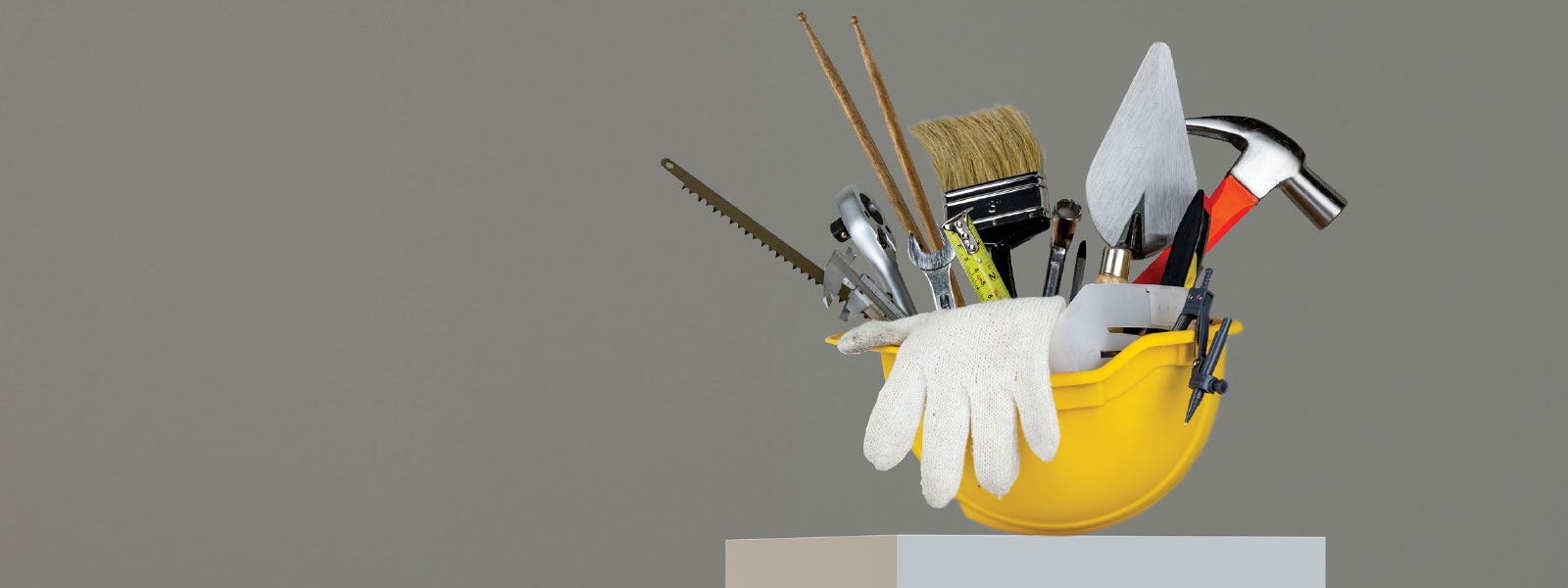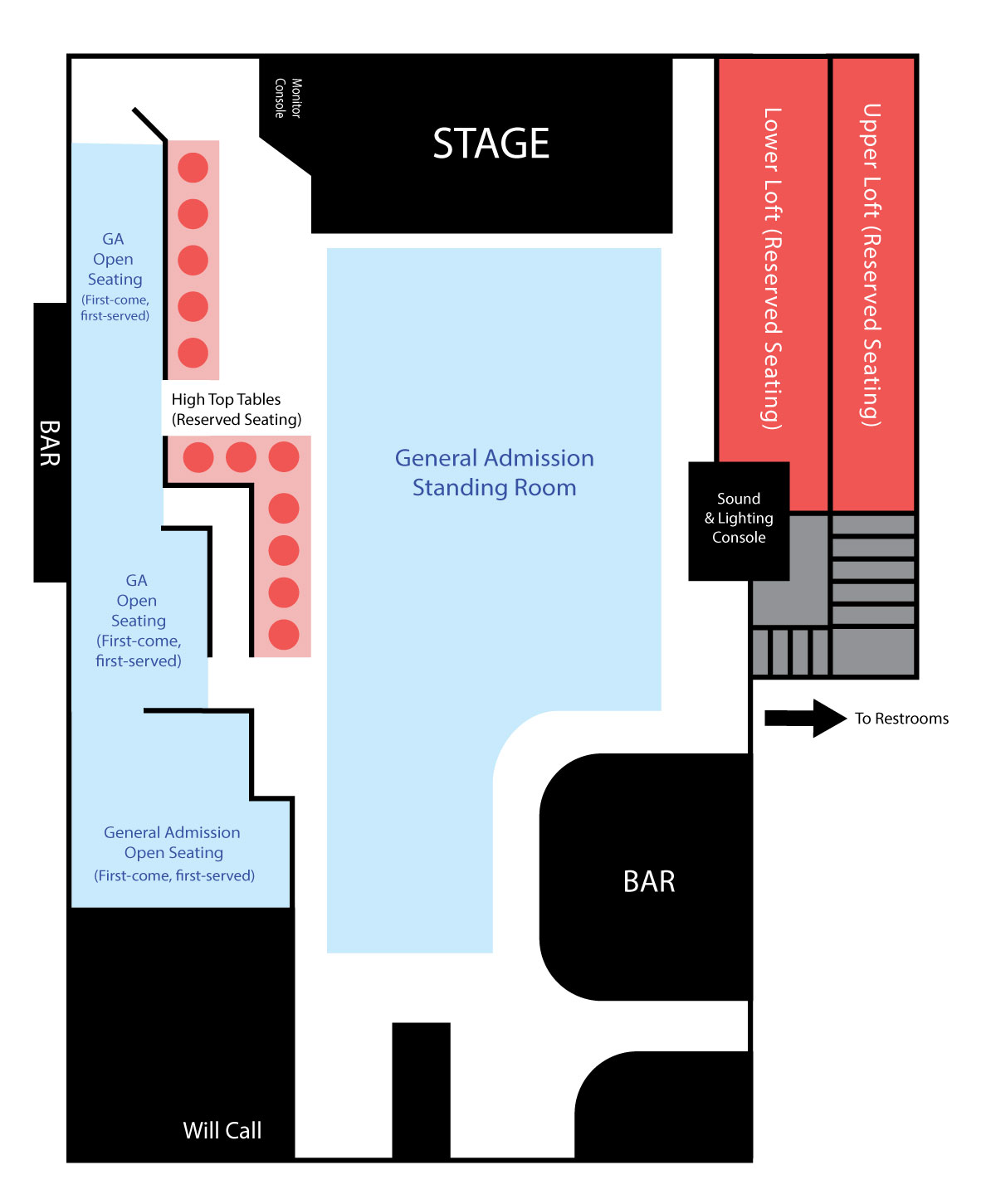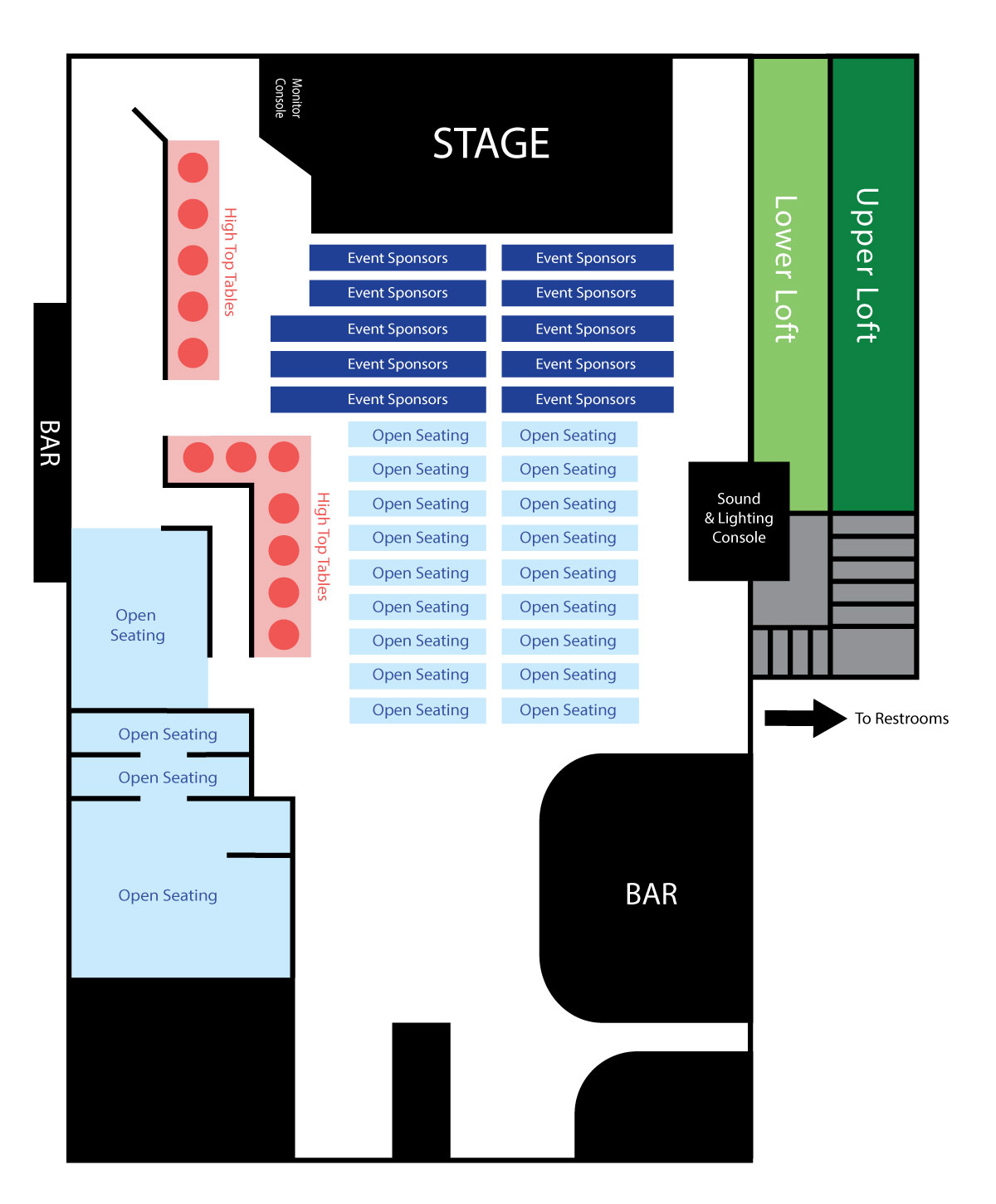
Why the Renovation?
To answer this fully, we need to go back in time—to 1998—for some historical context. That was the year that the National Association of Music Merchants (NAMM) opened its new global headquarters in Carlsbad, CA. NAMM’s Museum of Making Music, occupying the first floor of the new building, opened at the same time. The Museum’s displays were designed as a celebration of NAMM’s century of service (1901–2001) to the music products industry: storylines were chosen and texts were written with the industry member in mind, serving as a source of pride and nostalgia. And admission was initially intended for members of NAMM and the global industry it served.
However, even though the Museum’s exhibits were essentially industry-focused, the engaging and inspiring NAMM story was also of interest to the public. Local leaders and residents expressed a strong interest in, and support for, the Museum as a unique educational and cultural resource, and so two years later, MoMM opened its doors to the general public as well. Over time, the Museum expanded its mission and mandate—becoming a significant cultural destination in southern California and adding a broad, general audience to its already established industry audience. Now two decades later, with annual attendance nearly 45,000 and a vibrant and varied schedule of exhibitions, concerts and educational programs, MoMM continues to grow.
But here’s the thing: while the Museum’s audience changed significantly over the years, the exhibitions—both in content and design—did not. We found that telling our unique story to an industry insider is much different from sharing it with someone not familiar with this side of the music world. The majority of visitors still enjoyed their MoMM visit, but because of the original industry-focused tone of the exhibitions, many left with lingering questions as to the purpose of NAMM and the impact of the music products industry. Clearly, an important opportunity was being missed.
In 2010, grant funding enabled the Museum to begin its work to address this disconnect. The Museum added a number of displays aimed at clarifying the industry’s initiatives and achievements. Equally important, the new installations included contemporary museum design and technology—interactive, experiential components that encouraged visitors to become “hands on” with the instruments and more engaged with the music making process.
Visitors took notice: Museum attendance increased significantly, and visitor satisfaction increased as well. The Museum also took notice. Our assumptions and observations had been correct: two decades after opening to the public, the Museum’s centennial storyline, as well as its design and use of technology, were all out-of-date.
The important upgrades—or retrofit if you will—made in 2010 had been, in effect, a “test case,” and showed us that the Museum could indeed successfully change and serve its growing audience and their expectations. It became clear—indeed, it was not just an opportunity but a necessity and a responsibility—that a full-scale, MAJOR renovation of the galleries was the important and logical next step for the Museum to ensure a vibrant future.


